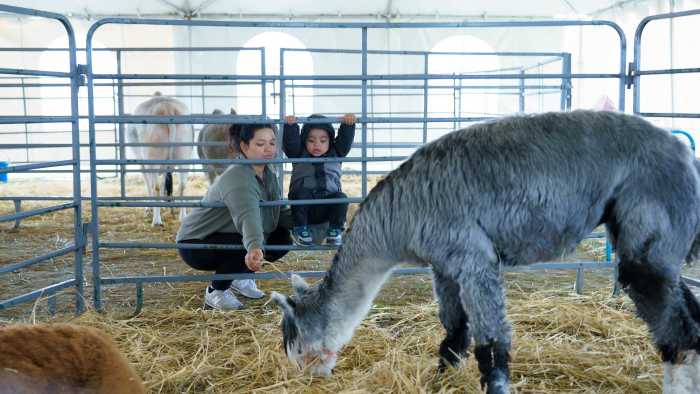
Kids’ interests and activities are as diverse as the children themselves. Just as the right afterschool activity can build self-esteem and provide hours of enjoyment, the wrong one can lead to feelings of failure, frustration and fatigue. So how do you find the right extracurricular activity for your child?
Watch them play. Consider their interests, temperament and personality. Do they like constant physical activity or quieter experiences?
Look at strengths and weaknesses. Would they like to fine-tune those strengths or are there areas of weakness that could be improved with instruction?
Explore through exposure. Expose them to various activities and events. Within this, provide them with a balance of both group and individual activities. Ask for their feedback and follow their lead.
Get a physical. Before starting any athletic program, take your child for a physical exam to detect vision or hearing problems or other medical conditions that may make it difficult to participate in the activity.
Consider time commitments. How much family time is committed now? How much will this activity entail? Will personal practice time be expected?
Count the cost. Think about uniforms, trips and other expenses not covered in the initial fee.
Get recommendations. Talk with your child’s school administration. If you are looking for a physical activity, the PE teacher may have some ideas. If it’s a music, the school’s music teacher might give you a lead. The guidance counselor may be of assistance too. Also get feedback from friends and family members regarding programs their children have been in. Are they happy with it? Is there anything they don’t like about it? How often are practices, lessons or meetings? Is there any one-on-one instruction?
Find a good match. Look for a program that aligns with your goals and objectives. Consider class size; instructors’ experience; frequency and duration of lessons, practices or meetings; and curriculum and philosophy.
Stop in. If the program has ongoing instruction, ask if you can stop by for a visit. Sit in on a session and observe it in progress. Does the instructor interact with the students? Do they use positive reinforcement? Are the students listening and attentive? Do they seem happy? Is the program geared for the skill and developmental level of the children?
Ask about introductory classes. Many ongoing programs offer introductory classes with no commitment. This allows your child to become familiar with the program and serves as a screening process to see if the instructor is running the program at the children’s level.
Review commitments. Talk with your child about the commitment they are making to the activity before enrollment. Are they willing to go to games, practices, classes or meetings? Will they commit to investing personal practice time, if called for? Will they participate in fundraisers?
Persevering points to ponder. If your child wants to quit an activity, consider your personal view on making them persevere. Is this a repeated pattern that needs to be addressed? Will it affect the rest of the team or group if they leave? Is it detrimental to your child’s health and well-being to continue?
Keep schedules open. Children need free playtime and downtime as much as they need scheduled activities. Avoid over scheduling your child with too many activities and watch for signs that they may be too taxed. If this happens, reevaluate current commitments and look for ways to cut back.
Rehash unsuccessful endeavors. If at first you don’t succeed, talk it over. Ask your child what they didn’t like about the activity, so you don’t repeat the mistake when choosing a new activity. Is it the instructor? Other kids in the program? The activity itself?
Try something new. If your child has taken up an athletic activity, such as soccer, but didn’t like it try a different sport. If the played the saxophone and it wasn’t a good fit, try a new instrument. Or choose something completely different. The point is, give your child a variety of experiences and maybe they will find something they truly enjoy.
By Denise Morrison Yearian, a former educator and editor of two parenting magazines, as well as the mother of three children and six grandchildren.





